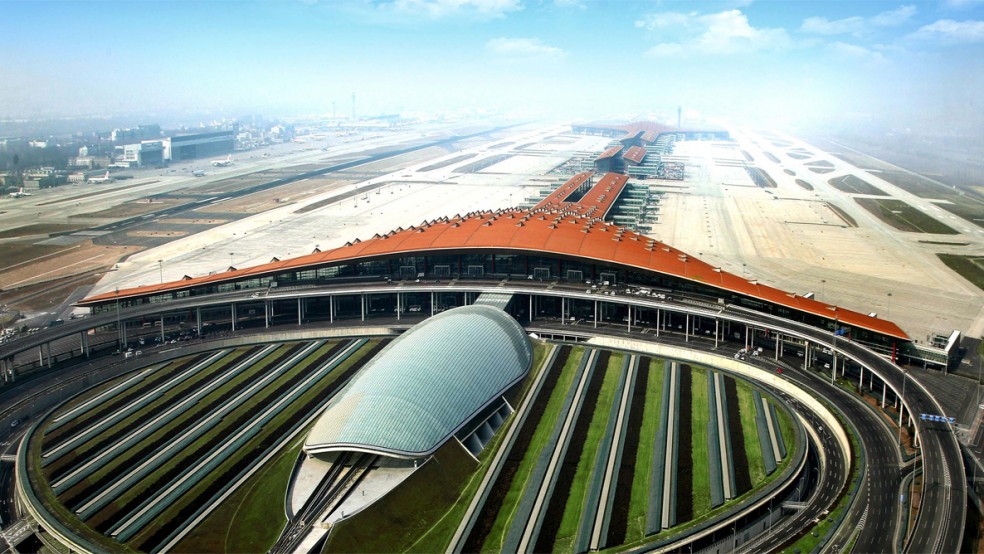In an era marked by burgeoning tourism and rapid technological advancements, airports have emerged as pivotal transportation hubs globally. With each passing year, the number of travelers continues to soar, and airports exhibit a diverse array of features ranging from passenger volume to infrastructure and services. This article delves into an in-depth exploration of the largest airports worldwide, shedding light on their passenger traffic and physical expanse.
The Largest Airports by Passenger Volume
- Hartsfield-Jackson Atlanta International Airport (USA): Hartsfield-Jackson Atlanta International Airport Topping the charts with a staggering 107.39 million passengers annually, this airport stands as the busiest in the world.
- Beijing Capital International Airport (China): Following closely with 96.51 million passengers, it exemplifies China’s burgeoning aviation industry.
- Dubai International Airport (United Arab Emirates): With 88.21 million passengers, it serves as a crucial link between East and West.
- Los Angeles International Airport (USA): Handling 87.53 million passengers, it plays a pivotal role in connecting the Americas.
- Tokyo Haneda Airport (Japan): Boasting 85.41 million passengers, it showcases Japan’s prominence in the global aviation landscape.
- O’Hare International Airport (USA): Wrapping up the top six with 79.84 million passengers, it serves as a key gateway to the United States.
The Largest Airport by Area
- King Fahd International Airport (KFIA), Saudi Arabia: Spanning over an expansive 789 square kilometers, KFIA stands as the largest airport globally in terms of area, underscoring Saudi Arabia’s commitment to aviation infrastructure development.
Europe’s Largest Airports
- Istanbul Airport (IST): Reigning as Europe’s largest airport, Istanbul Airport witnessed over 71 million passengers, surpassing traditional hubs like London Heathrow.
Germany’s Aviation Landscape
- Frankfurt am Main International Airport (FRA): Earning the title of Germany’s largest airport, FRA accommodated nearly 65 million passengers in 2019, solidifying its status as a pivotal European aviation hub.
Analyzing Passenger Trends
The dynamic nature of passenger traffic underscores the resilience of the aviation sector, even amid challenges such as the COVID-19 pandemic. While airports like Istanbul Airport continue to assert their dominance, traditional giants like London Heathrow maintain their significance, albeit with fluctuations in passenger numbers.
Conclusion
As the global aviation landscape evolves, airports serve as vital connectors, facilitating travel and fostering economic growth. Whether it’s the bustling terminals of Hartsfield-Jackson Atlanta International Airport or the expansive runways of King Fahd International Airport, these aviation behemoths symbolize the interconnectedness of our modern world.

